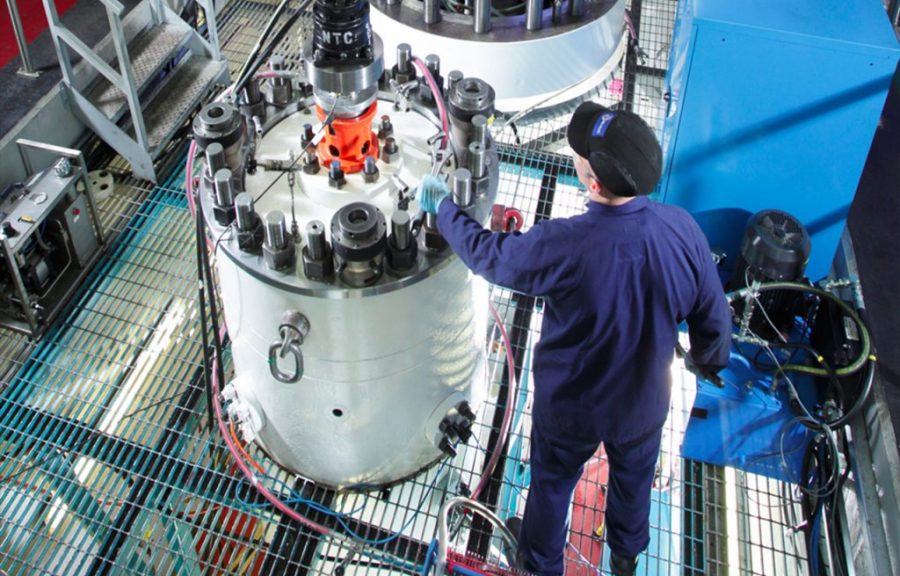Hyperbaric testing is the only way to ensure the reliability of products working under subsea conditions, or in other high pressure situations. The deeper underwater you go, the more the water pressure increases.
Hyperbaric testing is used to simulate these high pressures in specialist hyperbaric chambers.
How does hyperbaric testing work?
Products are placed in the chambers, which are often cylindrical in shape, before water is injected and then pressurised using pumps.
For every 10 meters below sea level, a water pressure of 1 bar is exerted. So, if a product was going to be deployed at 1,000 meters below sea level, the weight of the pressure on that product would be 100 bar.
Paul Smith, General Manager of Tyne Subsea, explains: “Hyperbaric testing has been used for many years to verify that equipment which is intended for use in high pressure environments can function properly and operate safely.”
Hyperbaric testing at Tyne Subsea
Tyne Subsea operates nine hyperbaric chambers, each with varying capabilities and specifications; including one of the largest commercially available hyperbaric testing chambers in Europe, which has an internal diameter of 2.5m and the ability to test to 450 bar.
Tyne Subsea offers chambers which are capable of testing to depths of up to 15,000m below sea level, which exceeds the pressures of the deepest point on Earth.
Why not contact us so that we can discuss how Tyne Subsea can meet your hyperbaric testing needs?
